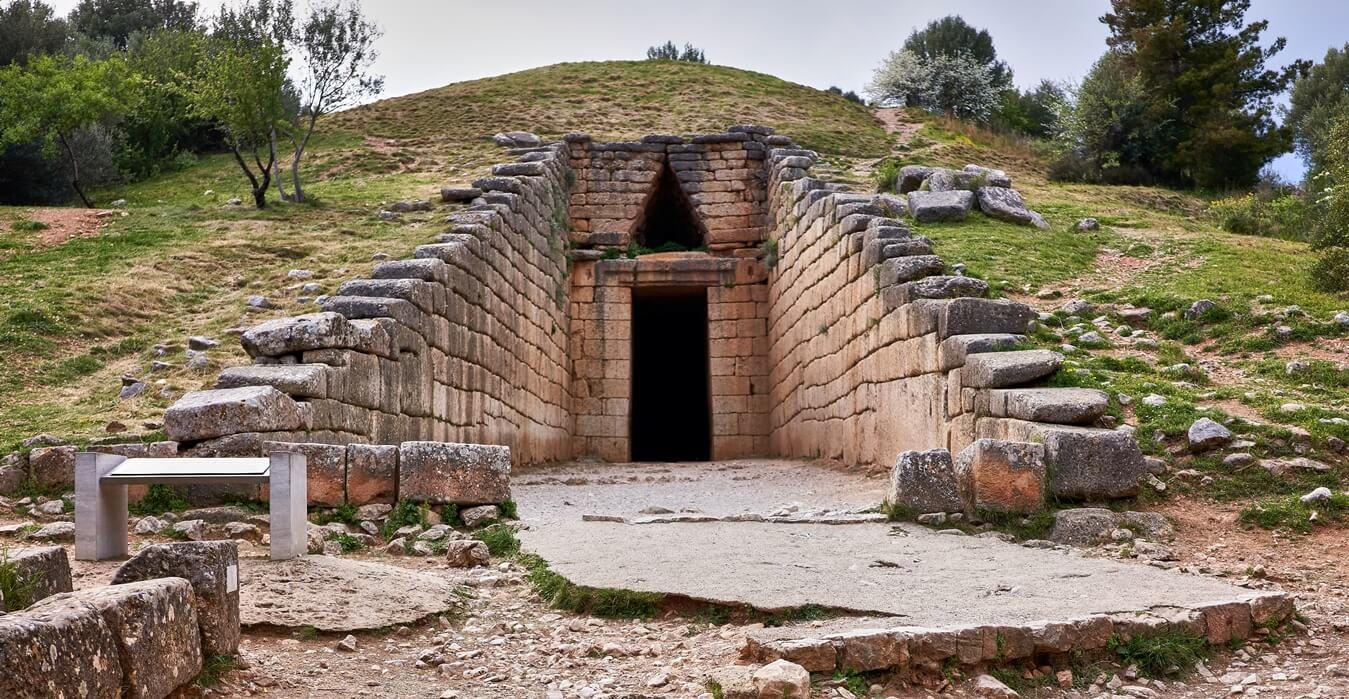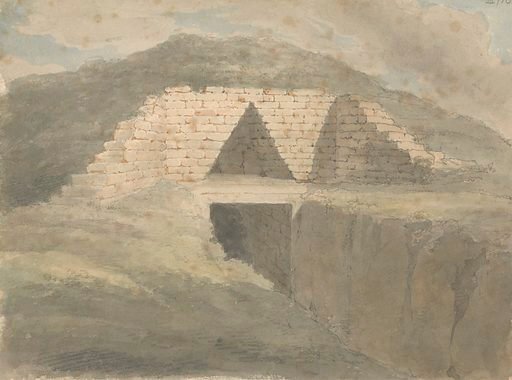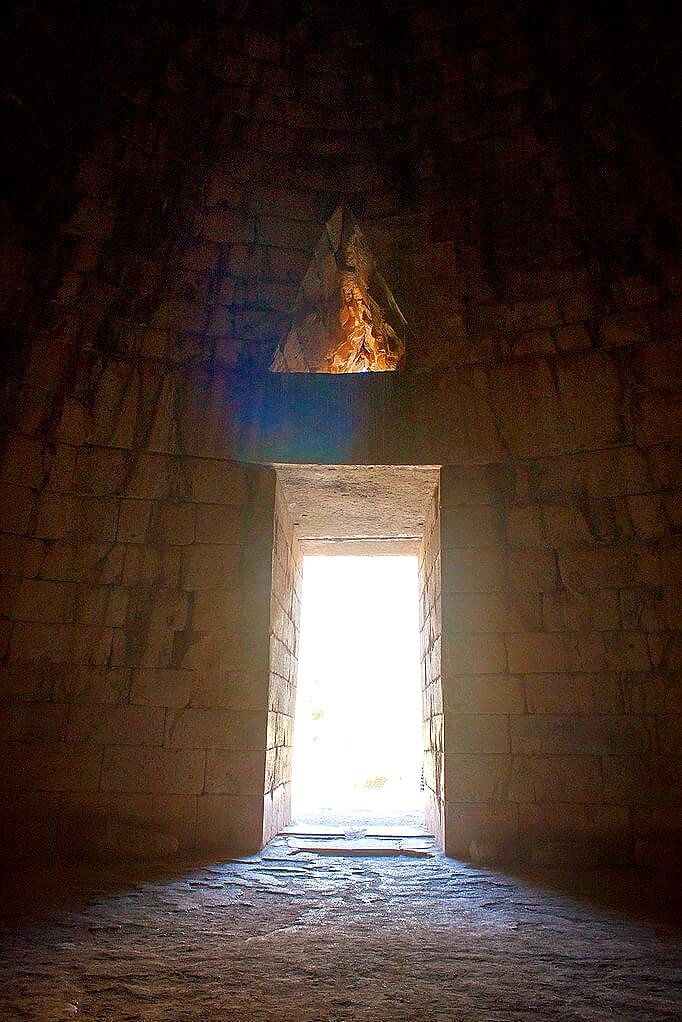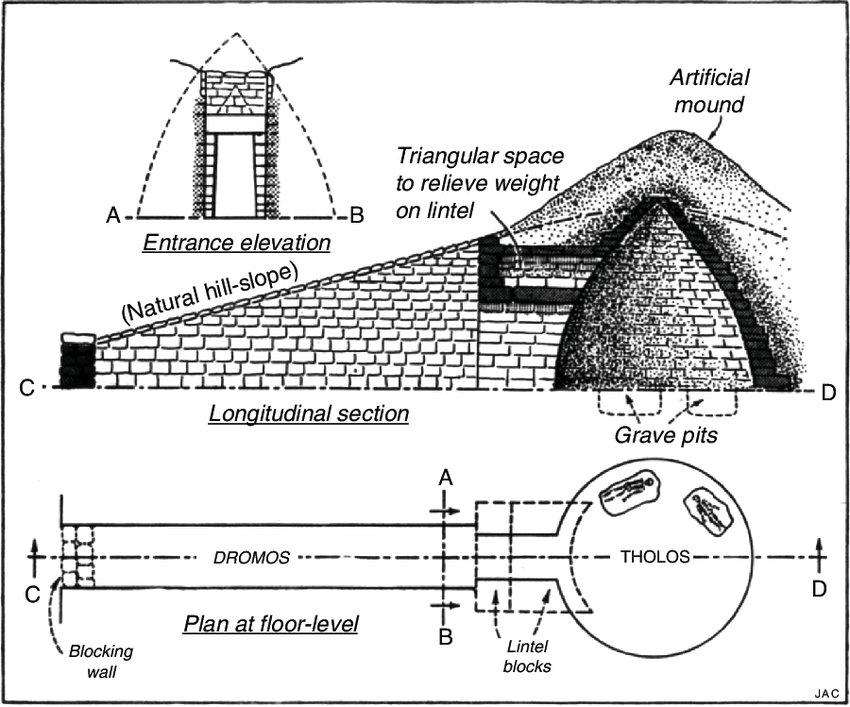Architectural Marvels of the Mycenaean Era: Exploring the Treasury of Atreus
The Treasury of Atreus, also known as the Tomb of Agamemnon, stands as a magnificent example of Mycenaean architecture, epitomizing the grandeur and sophistication of the civilization that flourished during the Late Bronze Age in Greece. Nestled within the archaeological site of Mycenae, a UNESCO World Heritage Site, this tomb has aroused intrigue among historians, archaeologists, and geographers for centuries. This article delves into the vivid mentions in ancient geographies, notable archaeological excavations, and the intricate structural design of this monumental tomb that has stood through millennia.
Mentions in Ancient Geographies
The Treasury of Atreus has been a subject of speculation and reverence in ancient scripts and geographies. Pausanias, the Greek geographer and traveler, referred to the site in his works, but he did not associate it with King Atreus or Agamemnon, since he describes the graves of both rulers as being within the walls of Mycenae. The early historiographies tethered the tomb to Agamemnon, a figure prominently featured in Greek mythology and Homer's epics, which further reinforced the mythic status of the site in ancient and classical narratives.
Treasury of Atreus. Tomb of Agamemnon. Date: 1802–1804. Creator: Sir Robert Smirke, the younger (1781–1867), Yale Center for British Art.
Archaeological Excavations
The fascinating journey of archaeological explorations at the tomb site began in the 19th century with the involvement of prominent figures like Heinrich Schliemann. It was, however, not until the 20th century that systematic excavations began, unraveling the opulence and grandeur of Mycenaean Greece.
Several excavation expeditions have unearthed a wealth of artifacts, including intricately designed gold jewelry, pottery, and tools, all bearing testimony to the advanced metallurgical and artistic skills of the Mycenaean civilization. The artifacts brought to light have not only enriched museum collections worldwide but have also unveiled layers of historical narratives, enabling scholars to reconstruct the chronology and lifestyle of the era.
With an interior height of 13.5m and a diameter of 14.5m, it was the tallest and widest dome in the world for over a thousand years until construction of the Temple of Mercury in Baiae and the Pantheon in Rome.
History of the Tomb
Constructed around 1250 BC, the Treasury of Atreus is believed to serve as a beehive or tholos tomb, a signature burial structure of the Mycenaean civilization. Although the exact identity of the individual interred remains unknown, the tomb’s grandiose nature indicates that it was a resting place for a person of high stature, possibly a king or a noble.
The history of the tomb is intertwined with the myths and legends of ancient Greece, weaving a rich tapestry that merges the boundaries of history and mythology. With the passage of time, the tomb underwent transformations, from being a celebrated sacred site to experiencing neglect and eventual rediscovery, heralding it as a bridge between the mythic and historical worlds.
The stone lintel above the doorway weighs 120 tons, with approximate dimensions 8.3 x 5.2 x 1.2m, the largest in the world.
Structure
One of the most striking aspects of the Treasury of Atreus is its architectural brilliance. Designed as a tholos, or beehive tomb, it comprises a monumental façade with a relieving triangle above the doorway that helped distribute the weight of the massive stones used in its construction. The entryway, or dromos, is a long walkway bordered by carefully crafted stone walls, leading to the awe-inspiring façade adorned with richly carved lintels and jambs.
The interior is characterized by a corbelled vault, an architectural marvel and one of the finest examples from that period, showcasing the Mycenaean’s profound understanding of geometry and architecture. The chamber has a diameter of approximately 14.5 meters, making it one of the largest of its kind.
A distinctive feature is the use of "ashlar masonry," wherein precisely cut stones were used without mortar, highlighting the skilled craftsmanship of the workers. The walls encapsulate layers of history, bearing marks of artistic endeavors that echo the finesse of Mycenaean artisans.
Plan of the late "Treasury of Atreus" tholos at Mycenae. W. Taylour, The Myceneans. London 1966.
The Treasury of Atreus stands as a testament to the grandeur of the Mycenaean civilization, a monumental edifice that combines architectural prowess with historical depth. Engaging ancient narratives and fostering archaeological quests, this tomb has transcended time, offering a magnificent glimpse into a civilization rooted in grand narratives of heroism and mythical tales. As we continue to unravel its secrets, the Treasury of Atreus promises to remain a focal point in the study of ancient Greek civilization, beckoning scholars and enthusiasts to delve deeper into its majestic folds.










